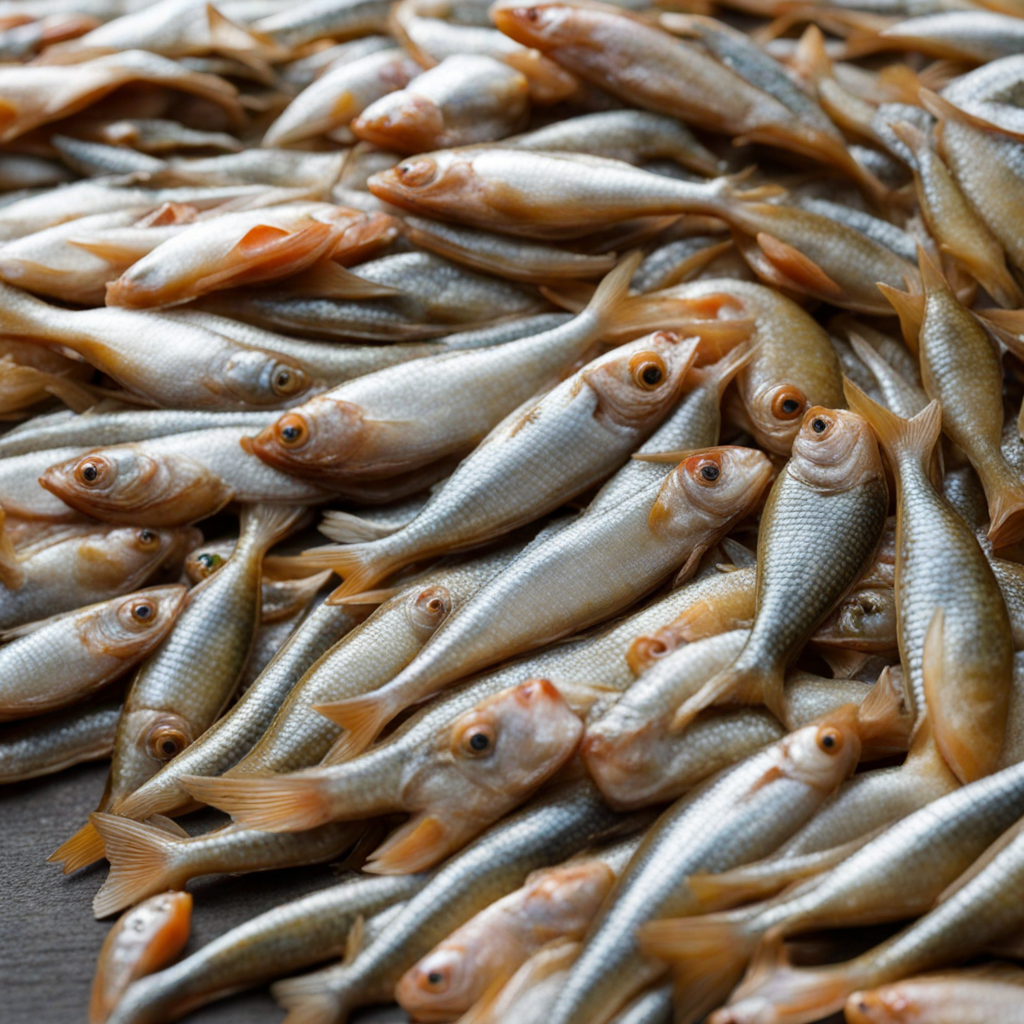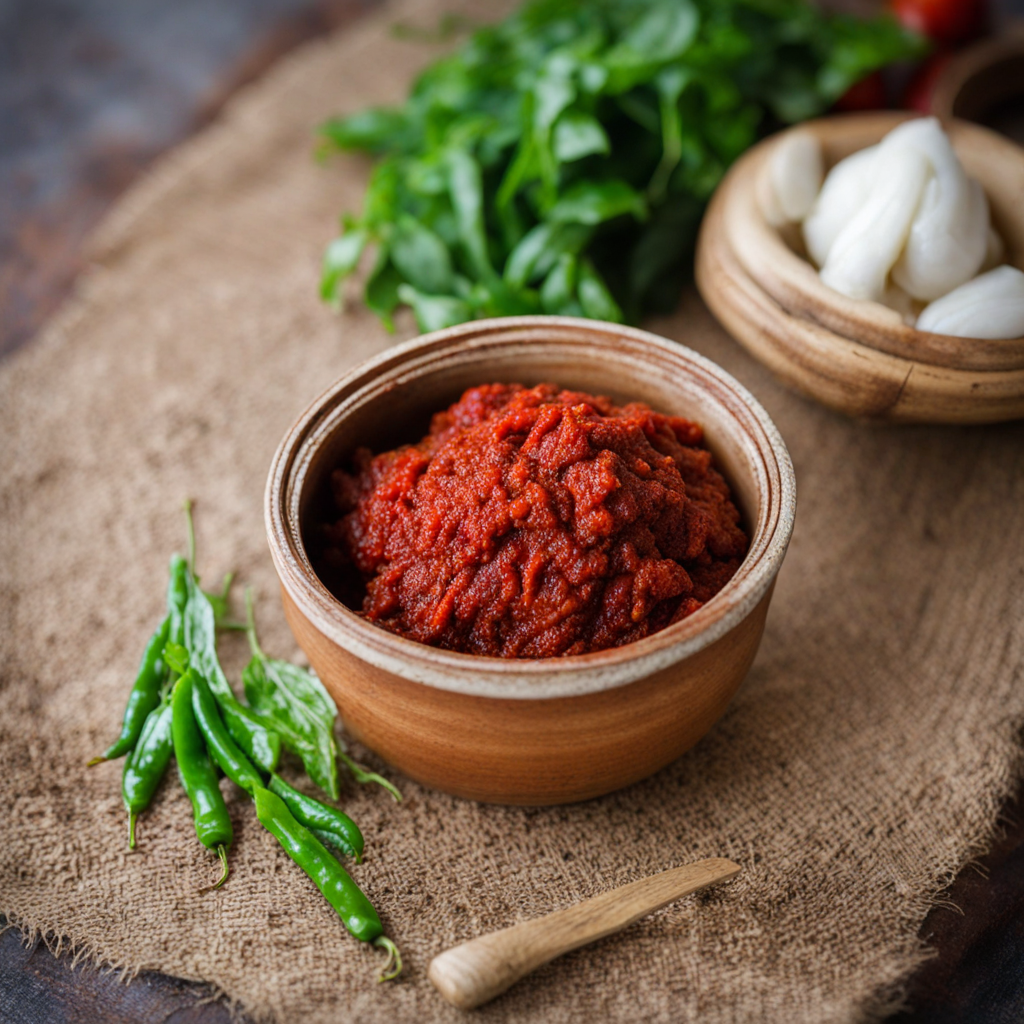Agasusuruko
Agasusuruko is a delightful Rwandan dish that showcases the country's rich culinary heritage. This traditional food is primarily made from finely ground cassava flour, which is a staple ingredient in many Rwandan households. The flour is expertly mixed with water to form a thick, smooth dough that is then shaped into small, round dumplings. These dumplings are often steamed or boiled, resulting in a soft, chewy texture that beautifully complements the various accompaniments served alongside it. The simplicity of the ingredients allows the natural flavors to shine through, making Agasusuruko a satisfying option for both locals and visitors alike. One of the defining features of Agasusuruko is its versatility. It can be enjoyed with a variety of sauces, stews, or vegetable dishes, allowing for a customized dining experience. Common pairings include rich, flavorful sauces made from ground peanuts or beans, which add depth and a creamy texture to the dish. Additionally, Agasusuruko can be served with a side of fresh vegetables, such as sautéed greens or roasted sweet potatoes, providing a well-rounded meal that is both nutritious and delicious. The combination of textures and flavors makes each bite a unique experience that reflects the vibrant culinary culture of Rwanda. Beyond its taste, Agasusuruko carries cultural significance, often being served during gatherings and celebrations. Sharing this dish with family and friends is a way to honor traditions and bring people together. As you explore the flavors of Agasusuruko, you'll not only enjoy a new taste sensation but also connect with the heart of Rwandan hospitality. This dish is a true representation of the country's agricultural bounty and culinary creativity, inviting you to savor a piece of Rwanda's rich history and community spirit.
How It Became This Dish
The History of Agasusuruko: A Culinary Gem of Rwanda Agasusuruko, a traditional dish from Rwanda, represents a fascinating intersection of agriculture, culture, and community. This culinary creation, characterized by its rich flavors and hearty ingredients, tells not only the story of Rwandan cuisine but also reflects the nation’s history, resilience, and cultural values. Origins of Agasusuruko The roots of Agasusuruko can be traced back to the agricultural practices of the Rwandan people. Historically, Rwanda has been an agrarian society where the majority of the population depended on farming for sustenance. The fertile volcanic soil of the region facilitated the growth of various crops, including beans, maize, and sweet potatoes, which are central to the preparation of Agasusuruko. The dish itself is a stew made primarily with beans, vegetables, and sometimes meat or fish, depending on the availability of resources and personal preferences. The name "Agasusuruko" is derived from Kinyarwanda, with "gasusuruko" meaning "to be filled." This reflects the dish's hearty nature, designed to satisfy and nourish families, particularly in a context where food security has historically been a concern. Ingredients and Preparation The ingredients used in Agasusuruko are a testament to the biodiversity of Rwanda. The dish typically includes a variety of beans—often red or black beans—that are a staple in Rwandan diets. These legumes are not only rich in protein but also play a vital role in the country's agricultural practices, as they enrich the soil with nitrogen. Vegetables such as carrots, potatoes, and sometimes leafy greens like amaranth are commonly added, showcasing the seasonal produce available at different times of the year. In some variations, meat—usually goat or chicken—may be included to enhance the flavor and nutritional value of the dish. Fish, particularly from the many lakes in Rwanda, is also a popular addition, reflecting the country's reliance on its aquatic resources. The preparation of Agasusuruko is often a communal activity, reflecting the social fabric of Rwandan society. Families gather to prepare the dish, sharing stories and laughter, which fosters a sense of belonging and cultural identity. Traditionally, the ingredients are cooked together in a large pot over an open flame, allowing the flavors to meld beautifully. The communal aspect of cooking and sharing Agasusuruko is integral to its cultural significance. Cultural Significance Agasusuruko is more than just a meal; it embodies the spirit of Rwandan hospitality and community. In Rwandan culture, food serves as a medium for connection, and sharing a meal is a gesture of goodwill and friendship. Agasusuruko is often prepared for gatherings, celebrations, and during times of mourning, symbolizing unity and support among families and communities. The dish also reflects the importance of resilience in Rwandan history. After the 1994 genocide, the Rwandan people faced immense challenges, including food insecurity and the need to rebuild their communities. Traditional dishes like Agasusuruko became a source of comfort and a means to bring families together in the aftermath of trauma. The act of cooking and sharing food facilitated healing and fostered a sense of hope and renewal. Development Over Time As Rwanda has evolved, so too has Agasusuruko. The post-genocide era saw an emphasis on modernization and growth, which influenced agricultural practices and food production. The government, along with various NGOs, initiated programs to improve food security and promote sustainable farming. This increased access to diverse ingredients has allowed Rwandans to experiment with variations of Agasusuruko, incorporating new spices and cooking methods while maintaining the essence of the traditional dish. In contemporary Rwanda, Agasusuruko is not only found in homes but has also made its way into restaurants and culinary festivals, where chefs celebrate traditional Rwandan cuisine. The dish is often showcased as part of a broader initiative to promote local ingredients and traditional cooking methods, encouraging a new generation to appreciate their culinary heritage. Additionally, the rise of tourism in Rwanda has brought international attention to its traditional cuisine. Visitors are often eager to experience authentic Rwandan dishes, and Agasusuruko has emerged as a standout choice. Cooking classes and food tours that highlight this dish provide an opportunity for cultural exchange, allowing tourists to engage with Rwandan culture while supporting local economies. Future of Agasusuruko Looking ahead, the future of Agasusuruko appears promising. As younger generations become more involved in preserving their culinary heritage, there is a renewed interest in traditional cooking methods and recipes. The emphasis on healthy eating and locally sourced ingredients aligns well with the foundational aspects of Agasusuruko, making it a relevant and valuable dish in today’s dietary landscape. Furthermore, the global trend toward plant-based diets has also positioned dishes like Agasusuruko favorably, as they are naturally rich in legumes and vegetables. This opens up opportunities for innovation, with chefs experimenting with new twists on the dish while staying true to its roots. In conclusion, Agasusuruko is more than just a culinary delight; it is a symbol of Rwandan identity, resilience, and community spirit. Its origins in the fertile lands of Rwanda, its cultural significance, and its evolution through time all contribute to a rich narrative that transcends mere sustenance. As Rwanda continues to grow and thrive, Agasusuruko will undoubtedly remain a cherished part of its culinary heritage, bridging the past and the future, while nourishing both body and soul.
You may like
Discover local flavors from Rwanda







